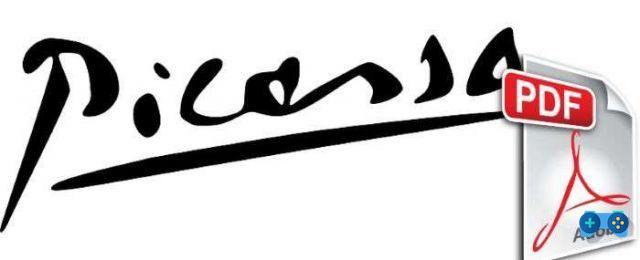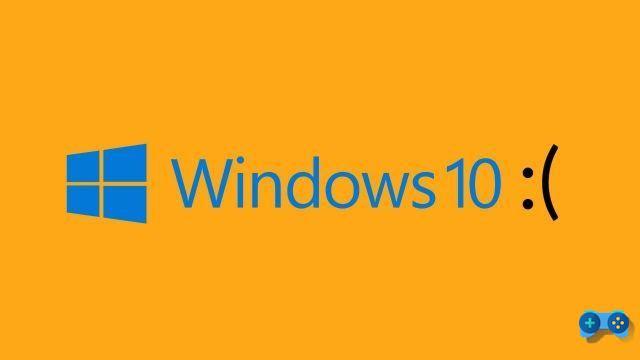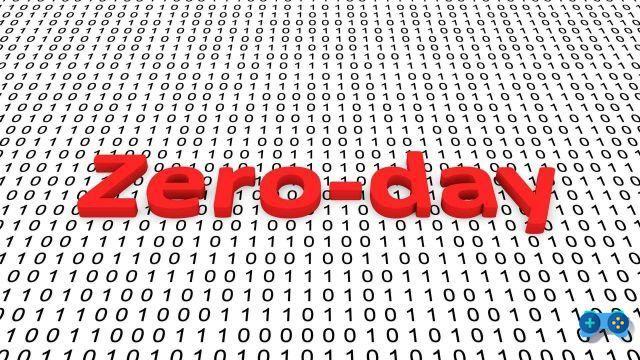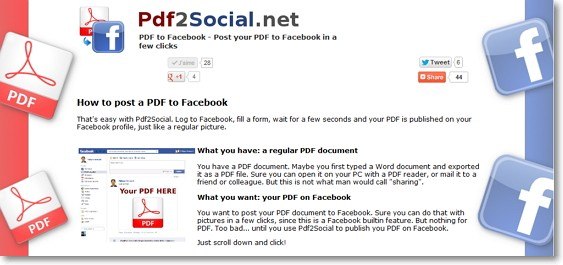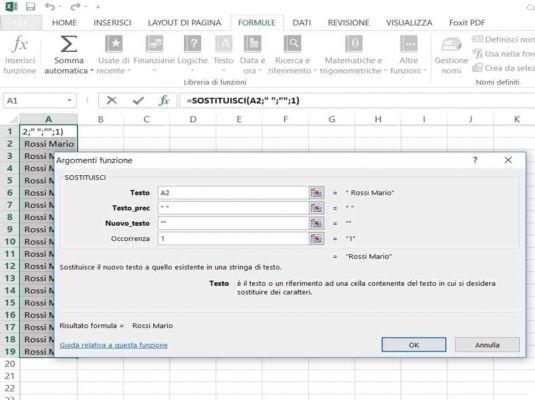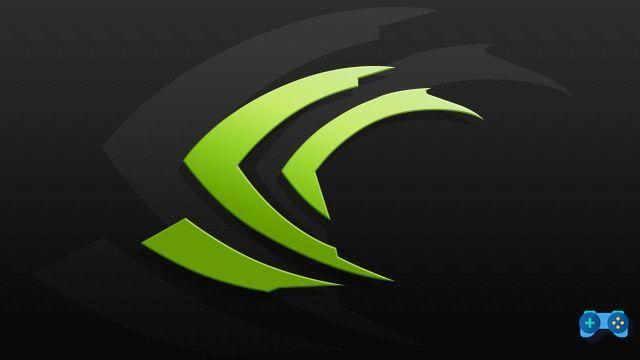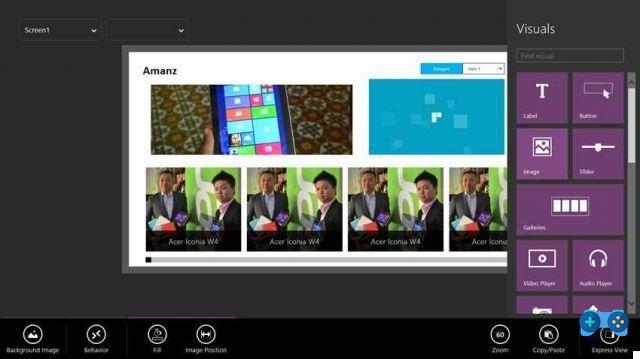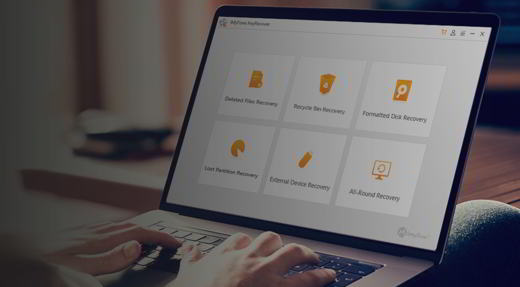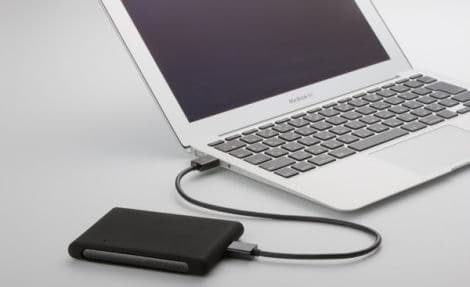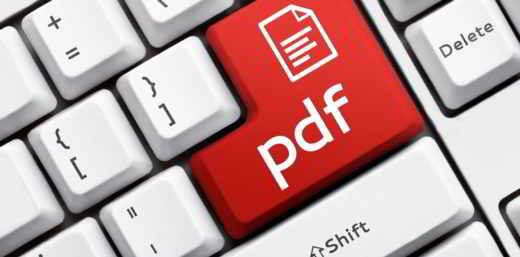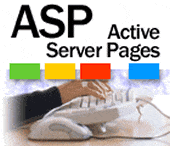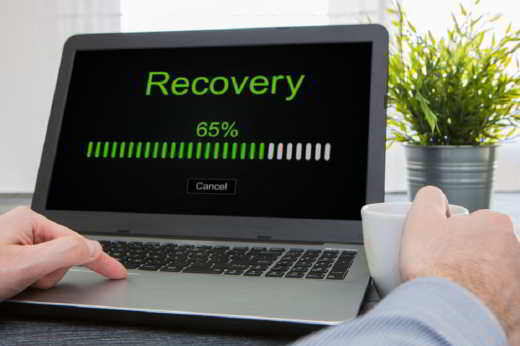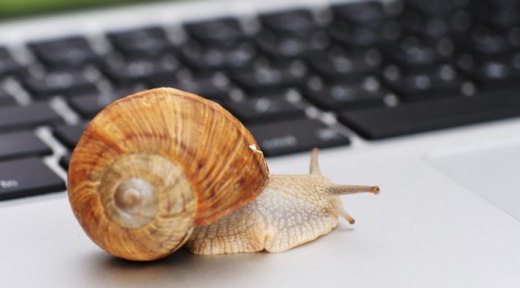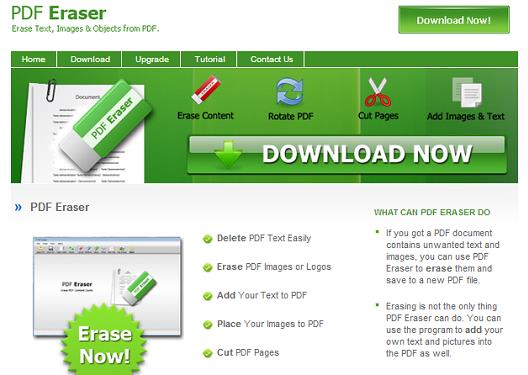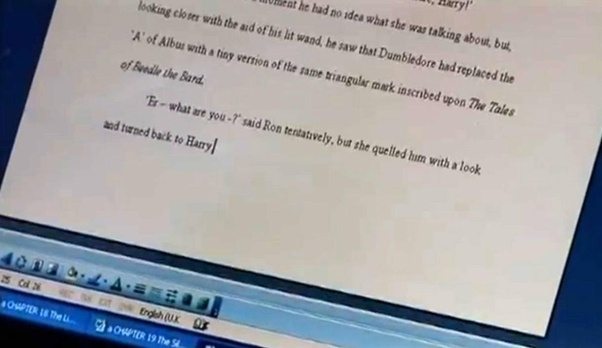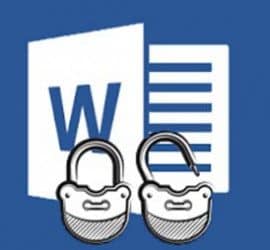Over time our hard drives become more and more capacious and it becomes difficult to find or understand useless files that would be worth deleting. The problem is not only the fault of zip files, unpacked archives, copies by mistake and more, but also of the programs and the operating system that fill our hard drive with hundreds of useless megabytes.

Clean the disk of system files
The first thing to do is to clean the disk of system files through the procedure Cleaning disco Windows: we find it by writing the name of this utility in the search bar. After selecting the drive to check, Windows scans the folders to calculate the space that can be deleted, and deletes the so-called Temporary files and those stored in the Recycle Bin. If we also select pacl service backup file, Windows will also delete the Backup files Service Pack: it is a security collection of all those files that are updated by each Service Pack.
Il Fillet in dump it is, instead, that system error memory file, which over time becomes bigger and bigger because it keeps memory of all system crashes and can very well be deleted, always selecting it from the Disk Cleanup procedure, when Windows detects stable and the PC has no more problems.

Config Reset
System Restore is on paper, a useful tool in case of malfunctions caused by installing another program; it's basically like a time machine that should restore the system to its previous state. The problem is that Windows saves a lot of restore points by taking up unnecessary space, and the best way to delete them is always in Disk Cleanup> More Options and click on Run cleaning at System Restore. The procedure deletes all restore points except the most recent one.

We uninstall programs that are no longer used
After deleting the useless files the question we have to ask is: are we using all the installed programs? if the answer is no, let's see how to eliminate the unused ones. Let's go to the Control Panel> Programs> Uninstall a program. We will see a list of all the software present in the PC and that we can delete by selecting the program and then clicking on the top Uninstall.
To have a general situation on the various dimensions we can use a free software called SpaceSniffer. It is a graphical application of the folder clutter status and can be useful to find out which folders are the most cluttered and what type of files they contain. The file weighs very little and there is no need to install it, just unzip it and run it.

The deduplication
Deduplication is the search for redundant files, that is, duplicate, duplicate or sometimes tripled copies of the file. It is not easy to find duplicate files, just because once found the deletion rule must be decided (for example, delete the oldest or most recent files?). In this case, the software can help Anti-twin downloadable at www.anti-twin.com. The program also allows you to analyze documents that have the same name but different extension (think for example of photographs), and is still very useful.
Deprecated: Automatic conversion of false to array is deprecated in /home/soultricks.com/htdocs/php/post.php on line 606




